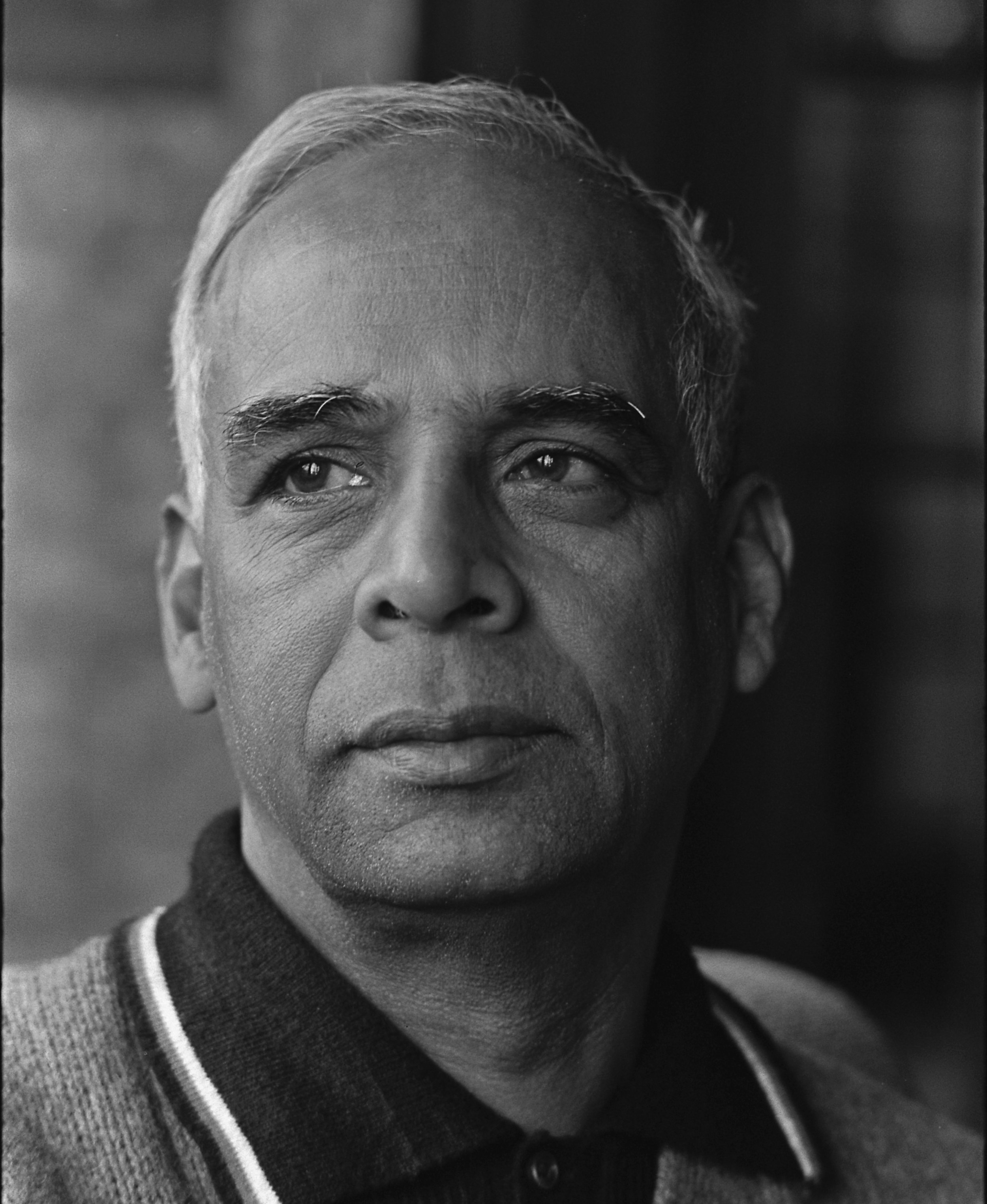Eknath Easwaran: The Power of Ordinary People
/This week we share an excerpt from Eknath Easwaran's book The Bhagavad Gita for Daily Living Volume 2: Like a Thousand Suns. This short excerpt contains one of our favorite images of the power of community.
When you are always aware of the unity of life, you see the Lord in every living creature. Then you welcome every opportunity to serve others, and you become incapable of doing anything at their expense. To put it more personally, you see everyone as dear to you; every child is your child, and every dog is your dog. I don’t think anyone has ever put it more beautifully than the Compassionate Buddha, when he tells us that we should love and protect every man, every woman, every child, every creature on earth, the way a mother loves and protects her only child.
If we keep our eyes on this supreme goal all the time, our life will be full of meaning; every decision we make will be significant to the whole. Every morning we will renew our decision not to live for ourselves but to do what adds to the welfare of everyone, and once we have learned to make this decision we can live in any country or any society and give a good account of our lives. Of course, everyone does not make the same kind of contribution. Some are doctors or nurses, some are teachers, some are mothers or fathers. But whatever our place in life, each of us has a contribution to make that can be made by no one else. Each of us can learn to apply the changeless values of selfless living to his or her own life, and because the Lord dwells in every one of us, none of us need ever be diffident about our capacity to leave the world a little better than we found it.
There is a story from the folklore of India that illustrates this point effectively. On the first day of the sun’s creation, people expected to see it shining in the sky forever. No one knew that the sun had to dip into the water in the evening for a twelve-hour bath so that it could rise refreshed in the morning. So on the first evening of creation, everyone was terrified to see the sun about to set and the darkness beginning to spread across the world. They didn’t know what to do. Then one little person stood up and said, “I’ll light a candle.” Someone else added, “I will too.” Here, there, everywhere, millions of people started lighting candles, and soon the whole world was filled with light again.
This simple little story shows the importance of every person on earth, no matter how insignificant our lives may appear to be. Ordinary though we may be on the surface, within the heart of each of us lie tremendous capacities for love and service, and if we can keep our eyes always on the Lord of Love, there is no problem on earth too dire for ordinary people like you and me to solve.






